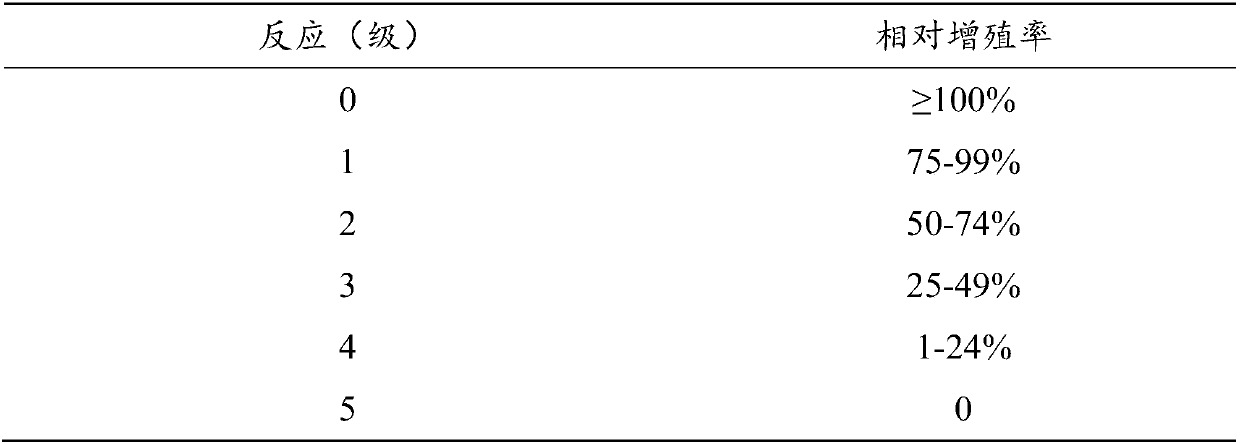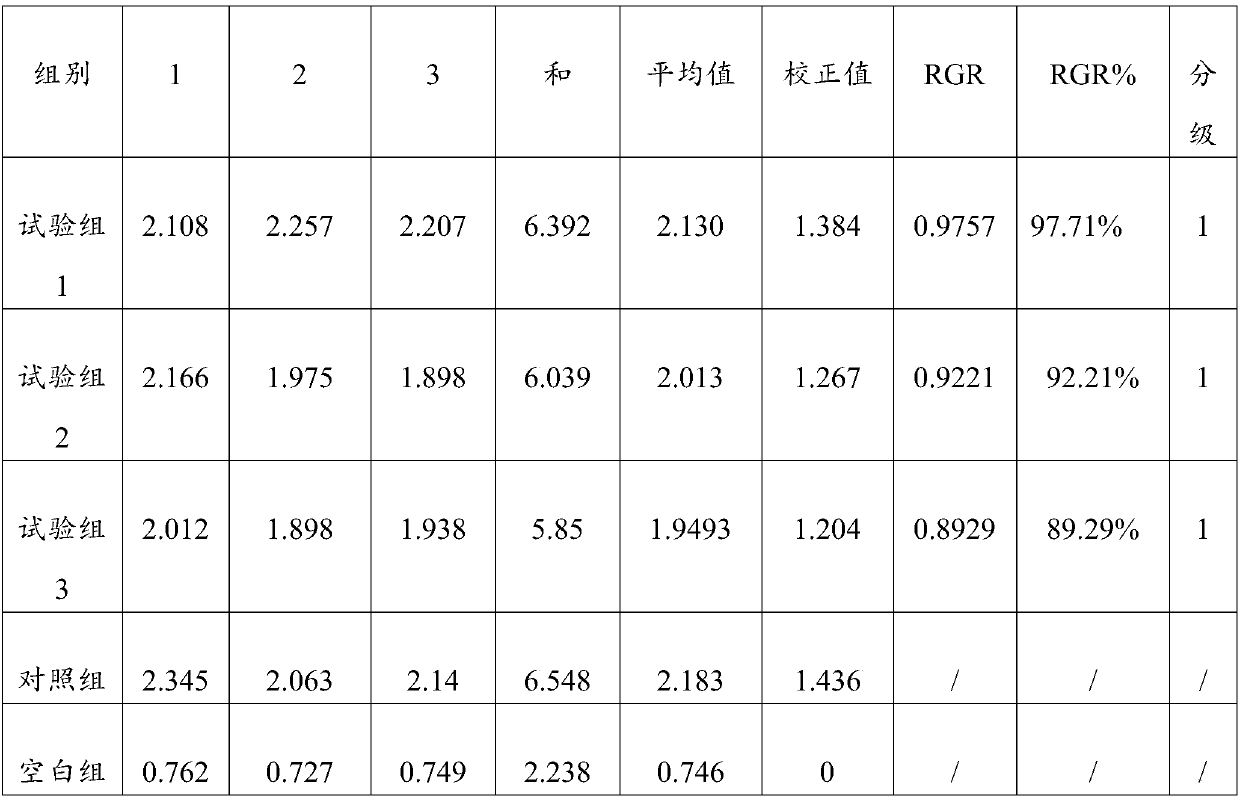Artificial nasolacrimal duct and preparation method thereof
A nasolacrimal duct, artificial technology, used in medical science, prosthesis, stents, etc., can solve the problems of obvious foreign body sensation, affect the curative effect, high incidence of shedding, achieve good biocompatibility and stability, not easy to reject and inflammatory response, simple and feasible effect of preparation method
- Summary
- Abstract
- Description
- Claims
- Application Information
AI Technical Summary
Problems solved by technology
Method used
Image
Examples
Embodiment 1
[0027] An embodiment of the artificial nasolacrimal duct of the present invention comprises the following preparation raw materials in parts by weight: 40 parts of hydroxyethyl methacrylate, 20 parts of crosslinking agent, 40 parts of water, 5 parts of thermal initiator and 10 parts of catalyst;
[0028] Wherein, the crosslinking agent is polyethylene glycol diacrylate, the thermal initiator is azobisisobutyronitrile, and the catalyst is N,N,N',N'-tetramethylethylenediamine.
[0029] A kind of artificial nasolacrimal duct prepared by adopting the preparation raw materials of artificial nasolacrimal duct described in the present embodiment, the preparation method of described artificial nasolacrimal duct comprises the following steps:
[0030] (1), mix hydroxyethyl methacrylate, cross-linking agent, water, initiator and catalyst evenly, inject artificial nasolacrimal duct mold;
[0031] (2), the artificial nasolacrimal duct mold containing artificial nasolacrimal duct preparati...
Embodiment 2
[0034] An embodiment of the artificial nasolacrimal duct of the present invention, the difference between the artificial nasolacrimal duct described in this embodiment and embodiment 1 is that the ratio of the thermal initiator and the catalyst is different, the artificial nasolacrimal duct described in this embodiment The preparation raw materials comprising the following parts by weight: 40 parts of hydroxyethyl methacrylate, 20 parts of crosslinking agent, 40 parts of water, 5 parts of thermal initiator and 5 parts of catalyst;
[0035] Wherein, the crosslinking agent is polyethylene glycol diacrylate, the thermal initiator is azobisisobutyronitrile, and the catalyst is N,N,N',N'-tetramethylethylenediamine.
[0036] The preparation method of the artificial nasolacrimal duct described in this example is the same as that in Example 1.
Embodiment 3
[0038] An embodiment of the artificial nasolacrimal duct of the present invention, the difference between the artificial nasolacrimal duct described in this embodiment and embodiment 1 is that the ratio of the thermal initiator and the catalyst is different, the artificial nasolacrimal duct described in this embodiment Contains the following preparation raw materials in parts by weight: 40 parts of hydroxyethyl methacrylate, 20 parts of crosslinking agent, 40 parts of water, 5 parts of thermal initiator and 15 parts of catalyst;
[0039] Wherein, the crosslinking agent is polyethylene glycol diacrylate, the thermal initiator is azobisisobutyronitrile, and the catalyst is N,N,N',N'-tetramethylethylenediamine.
[0040] The preparation method of the artificial nasolacrimal duct described in this example is the same as that in Example 1.
PUM
 Login to View More
Login to View More Abstract
Description
Claims
Application Information
 Login to View More
Login to View More - R&D
- Intellectual Property
- Life Sciences
- Materials
- Tech Scout
- Unparalleled Data Quality
- Higher Quality Content
- 60% Fewer Hallucinations
Browse by: Latest US Patents, China's latest patents, Technical Efficacy Thesaurus, Application Domain, Technology Topic, Popular Technical Reports.
© 2025 PatSnap. All rights reserved.Legal|Privacy policy|Modern Slavery Act Transparency Statement|Sitemap|About US| Contact US: help@patsnap.com



